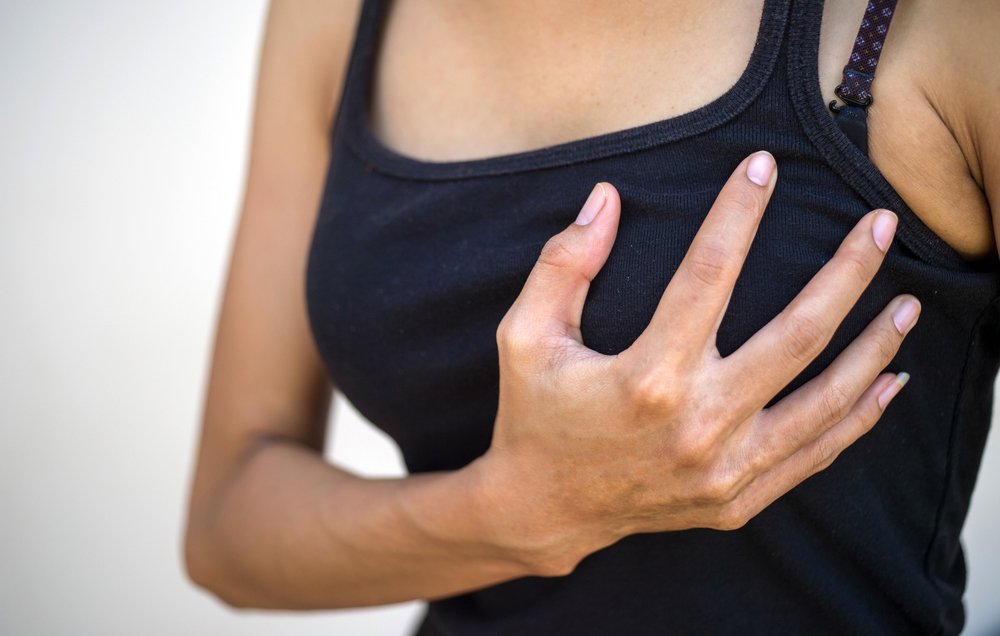Breast cancer surgery ensure complete removal of the cancerous tissue. There are two types of surgery available – breast conserving surgery and mastectomy. Breast conserving surgery involves the removal of only the cancerous area and the surrounding portion of the tissue, while mastectomy involves removal of the entire breast and the tissues surrounding it.
When there is a pain in the chest, or a bloody discharge from the nipples, or when there is a change in size and shape of the breast, then there is a need to visit the doctor for further diagnosis. Some people may not have any of these symptoms but might still have tumorous tissue forming in their breast. Therefore, it is advised to go for frequent breast screening to make sure you are completely healthy. Most commonly, swelling of lymph-nodes, or weight loss is also observed, but might be symptoms of any other diseases as well. This is precisely why consulting a medical practitioner is advised before coming to a conclusion. A doctor initially takes a mammogram as preliminary proof of cancer. After observing the mammogram, he will recommend whether an ultrasound is required or not. Ultrasounds send sound waves that generated image of the structures inside the body and is helpful in evaluating for the location and possible extent of tumor formation. Post these tests, the only way to confirm the existence of breast cancer is through a biopsy, a necessity before coming to any conclusion. Additionally, the doctor will suggest the preferred method for treating cancer according to the degree of infection, size, and the location of the tumor.
Affordable Surgery Packages are available for patients based on their preferences while also keeping in mind the doctor’s advice on the matter. Depending on the type of surgery chosen, the lymph nodes alone or the surrounding tissue altogether will be dissected. The common symptoms observed post-surgery are nausea, weight loss, and a weak constitution which generally occur because of the effects of exposure to radiation during therapy. Post Mastectomy Surgery, if a woman desires breast reconstruction, then the surgeon might suggest a breast mound be built mimicking the appearance of a natural breast. This can be delayed or constructed immediately following with the surgery, and it entirely depends on the patient’s preferences.
Best practices during recovery include a heavy protein diet followed 4-5 times a day. Though this might add some weight to the body, it is a quick way to revive stamina spent during the entire recovery process. Following a positive recovery cycle, a dietician might also suggest a cancer-free diet taken throughout the patient’s lifetime to mitigate and prevent further effects and occurrence of cancer-causing cells. A strenuous aerobics workout coupled with a prescribed diet can help you recover quickly. Obesity has been linked to the return of breast cancer cells. Hence, daily exercise can help you move ahead with a healthy, cancer-free life. There are certain complications that occur post-surgery, but by following the advice of expert doctor’s carefully, these can be avoided.
Prevention is always better than cure. Ideally, no alcohol, no smoking, daily exercise, a nutritious, balanced diet, avoiding exposure to radiation or pollution, and breast feeding all put together can help prevent the occurrence of breast cancer and the pains associated with its treatment and cure.

